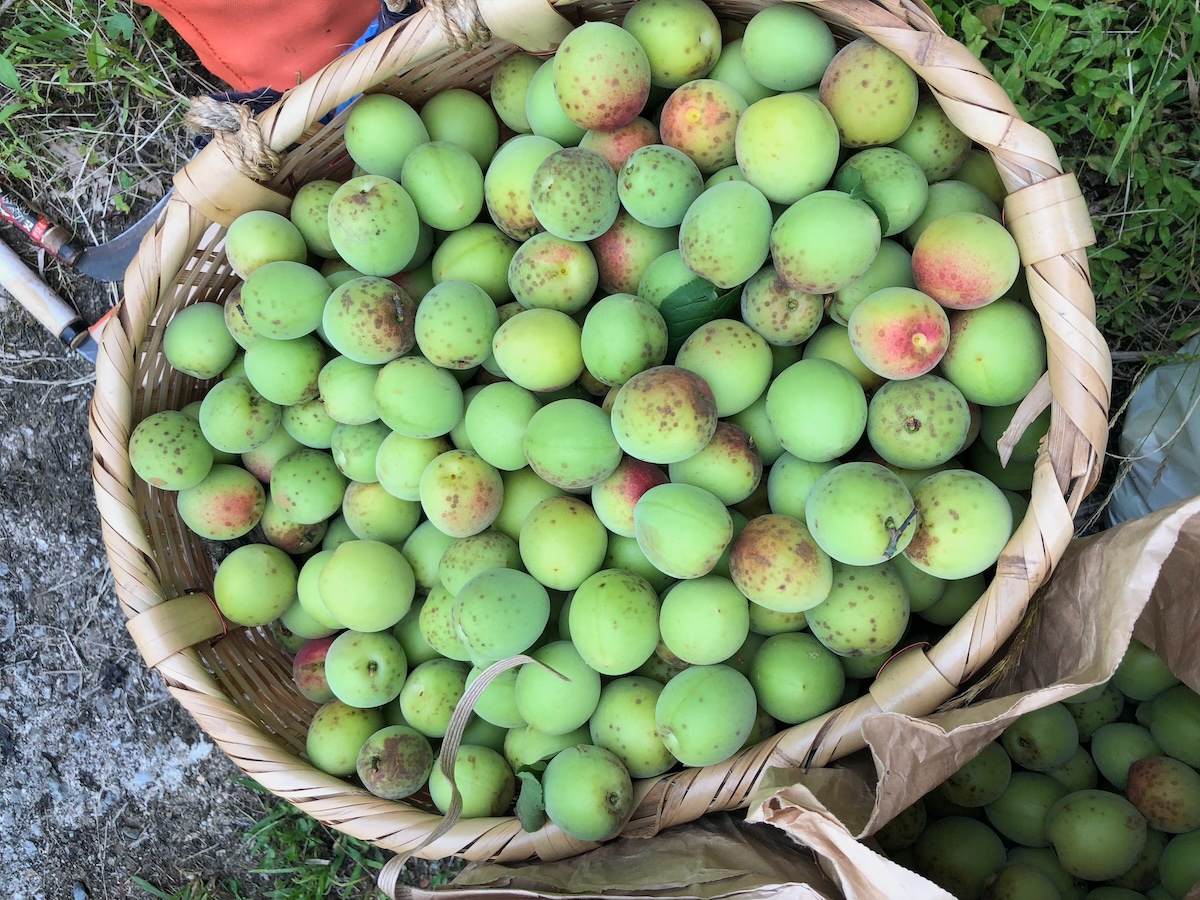Plum wine has always held a special place in my heart. My connection to this drink began with my grandmother, who had an enduring passion for making plum wine—umeshu, as it’s known in Japan. Her home was filled with bottles of it, steeping and aging with each passing year, sometimes forgotten. It was from her that I first tasted plum wine, and it’s from her that I inherited not only the recipe but also a deep-rooted love for this traditional Japanese drink.
If you’ve never tried plum wine, you might be wondering what it tastes like. It’s a sweet yet tangy liqueur, with flavor notes similar to that of a plum. However, the plum used in Japanese plum wine refers to a type called ume—a green and sour Japanese fruit about the size of a ping pong ball. Ume isn’t just used for plum wine; it’s also the key ingredient in umeboshi (pickled plums), both of which are beloved in Japan for their health benefits, particularly for aiding digestion and relieving fatigue.
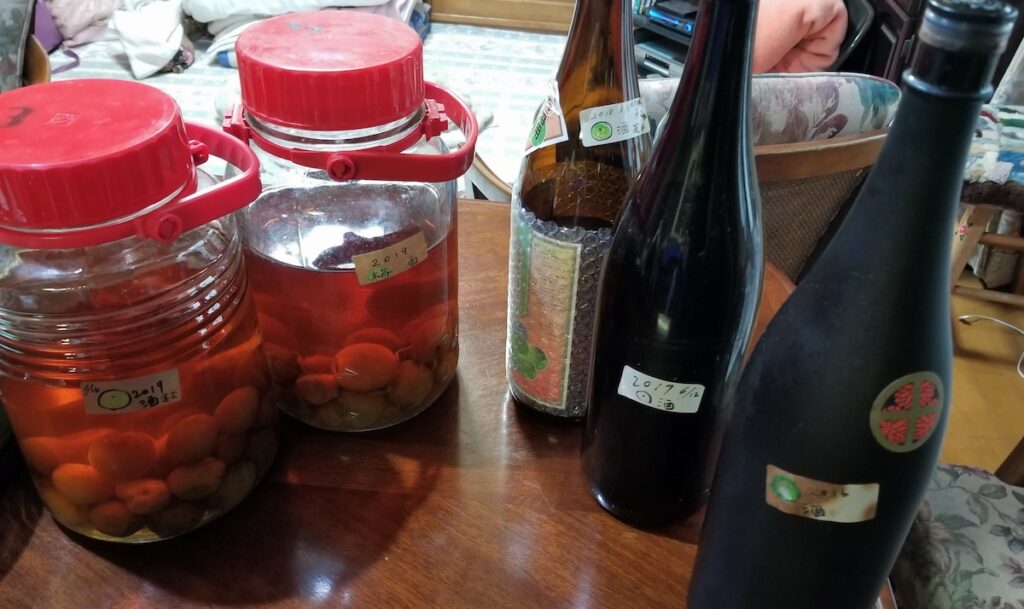
In 2018, I had the honor of learning my grandmother’s plum wine recipe firsthand. From picking ume in the deep forest with her friends to filling the jars, it was an experience I’ll never forget. Plum wine takes time to age, and for me, five years later was the perfect moment to enjoy the batch we made together. The alcohol mellows, and the rich, complex flavors of the ume truly come to life. Of course, there were times I couldn’t resist sneaking an earlier taste, but now I cherish every sip of that first—and last—batch we made together.
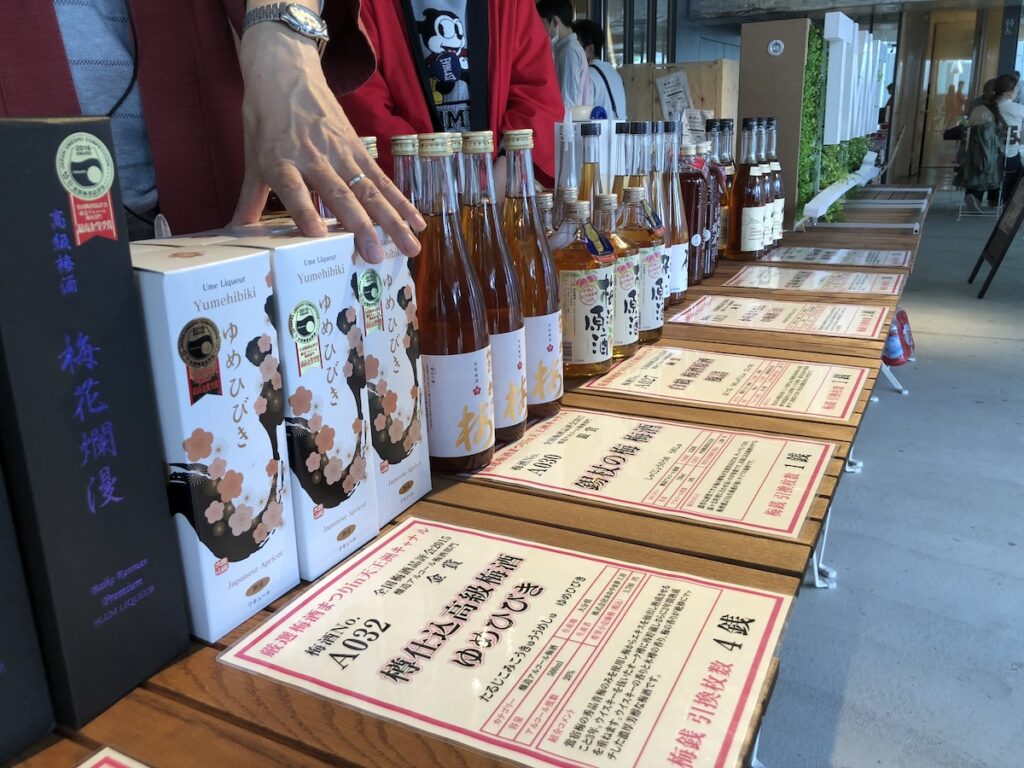
My love for plum wine didn’t stop with family tradition; it blossomed into an obsession. I traveled to an umeshu festival in Japan, where I was surrounded by hundreds of varieties of the drink from all regions of Japan. While you might think they all taste the same, each one was surprisingly unique, showcasing the incredible versatility of this drink. There, I learned that with differences in the type of ume, aging process, and the type of liquor used to steep the fruit, unique umeshu can be made to satisfy a wide range of preferences.
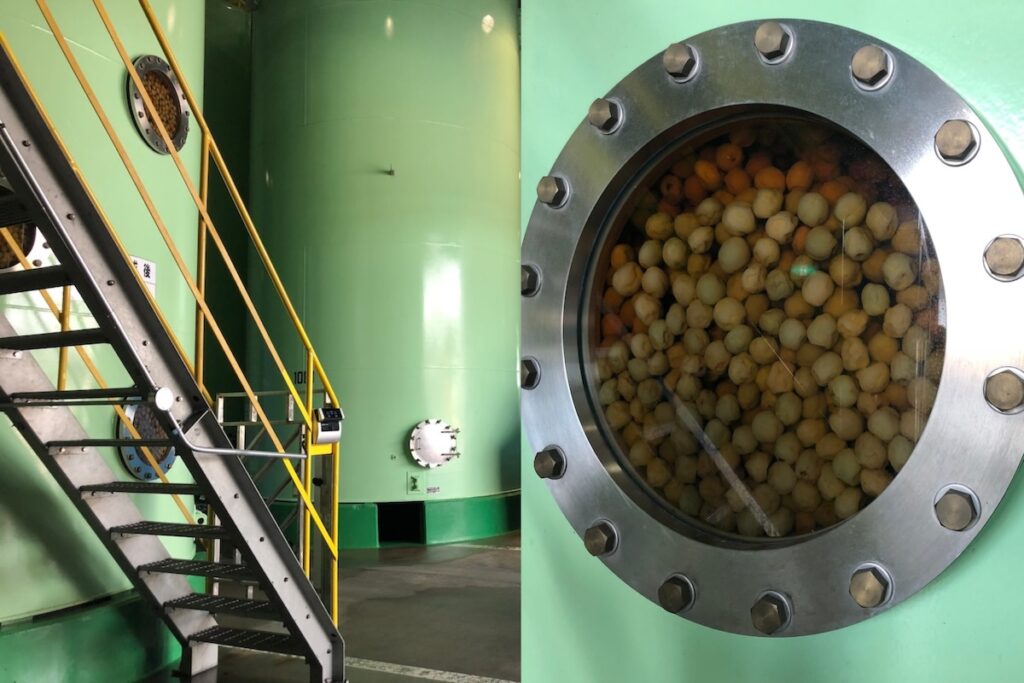
Another highlight of my umeshu journey was visiting Choya’s headquarters and factory. Choya is Japan’s most famous and authentic plum wine producer and distributor worldwide. Located in the remote area of Osaka, Choya has been crafting umeshu for decades, using a special variety of plums called Nanko-ume from the Kishu region of Japan. Choya partners with local farmers to ensure their umeshu is made from only the finest ingredients, and the care and dedication in their process are truly impressive. Touring their Iga Ueno factory and meeting the team behind the brand was a surreal experience. With Choya’s wide variety of options, you really can’t go wrong with any of their products, from non-alcoholic ume drinks to oak barrel-aged umeshu. Choya’s mission is to share high-quality Japanese ume with the world, and since their products are readily available worldwide, it’s quite easy to enjoy. My favorite Choya plum wine, likely because it tastes similar to my grandmother’s recipe, is Choya Excellent.
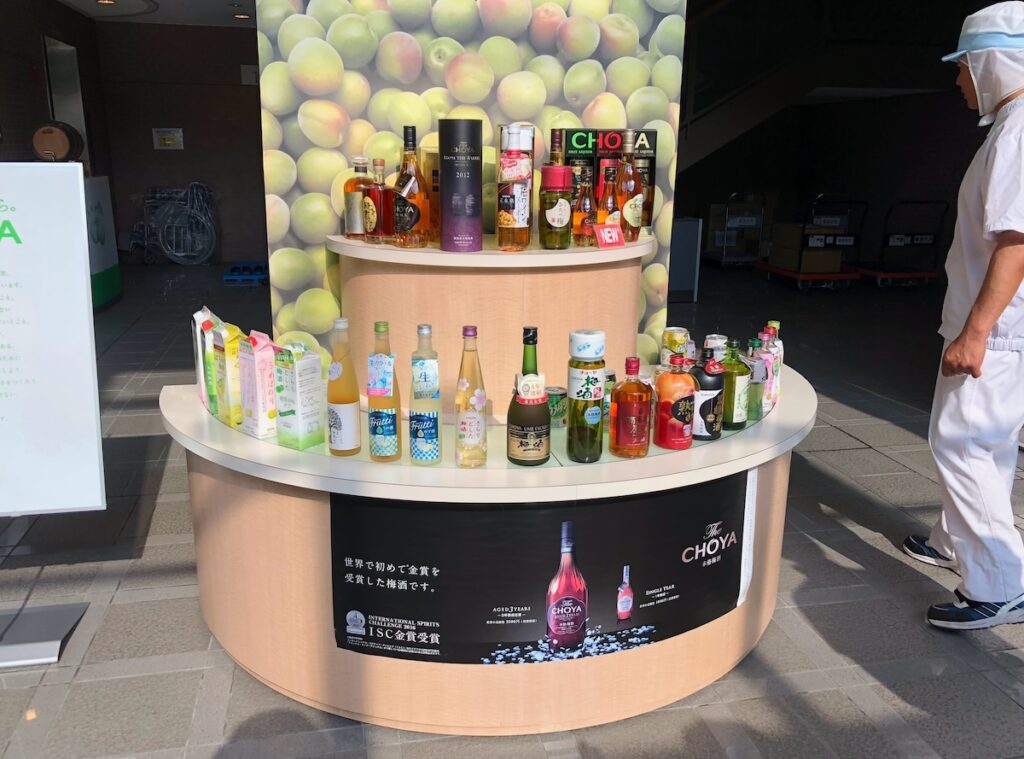
In future posts, I’ll be sharing my grandmother’s plum wine recipe and tips on how to make your own at home. I’ll also dive deeper into the best ways to enjoy umeshu—whether you’re a seasoned fan or new to this delightful drink. If you haven’t experienced the magic of plum wine yet, I hope this post has sparked your curiosity. Stay tuned for more on this deliciously unique drink, and always drink responsibly!
